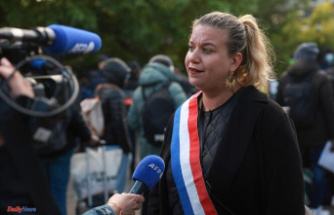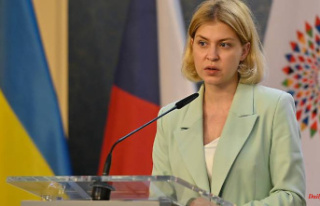Shortly after the conflict between Azerbaijan and Armenia flared up again, gunfire also broke out on the border between Tajikistan and Kyrgyzstan. What all states have in common is that they are former Soviet republics. Russia's weakness in the Ukraine war may play a role.
Gunfire broke out on the border between the two ex-Soviet republics of Tajikistan and Kyrgyzstan. This was announced by representatives of both countries.
The Kyrgyz border guard accused Tajik security forces of having taken illegal positions along the border. The Tajik side said Kyrgyz border guards had fired at their posts for no reason. There were no reports of casualties. On the border between the two countries that are allied with Russia, there have been repeated conflicts in recent years. However, given the current developments, the most recent dispute appears in a new light.
The decades-long conflict between Russia's ally Armenia and neighboring Azerbaijan only turned violent again on Tuesday in the middle of the Ukraine war. Dozens of soldiers were killed on both sides. There were new clashes on Wednesday morning, according to the Armenian Defense Ministry. Azerbaijan also used artillery. The situation remains tense, the ministry said, confirming the Armenian account that Azerbaijan launched an attack on Armenian territory. Azerbaijan was initially unable to comment.
The two former Soviet republics have been at odds for decades over the Caucasus region of Nagorno-Karabakh, which is mostly inhabited by Armenians. Under international law it belongs to Azerbaijan, from which it renounced in 1991. The conflict escalated into a war in 2020, which ended after six weeks with a Russian-brokered ceasefire. As part of the deal, Moscow then sent thousands of troops to the region to monitor peace.












